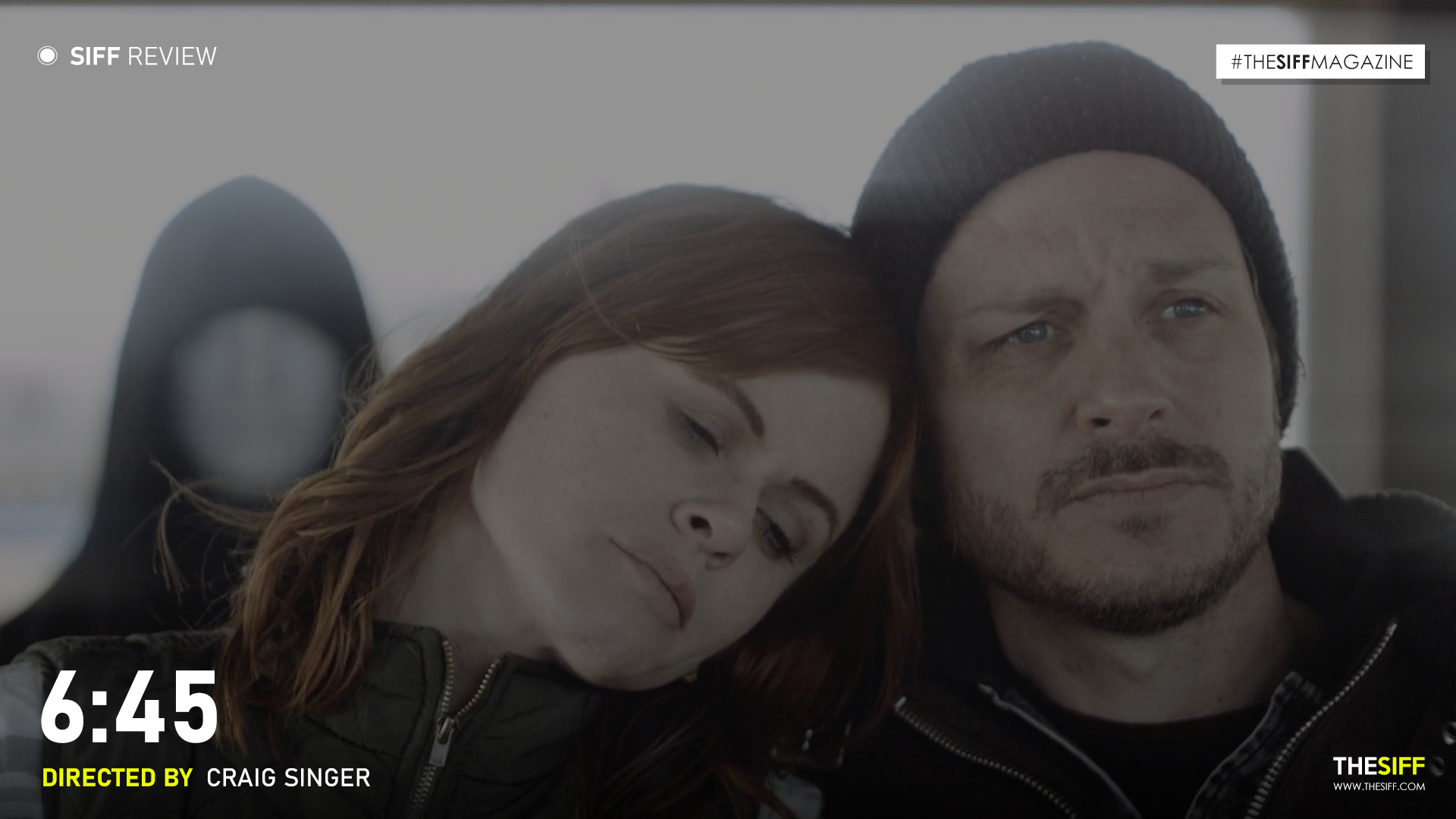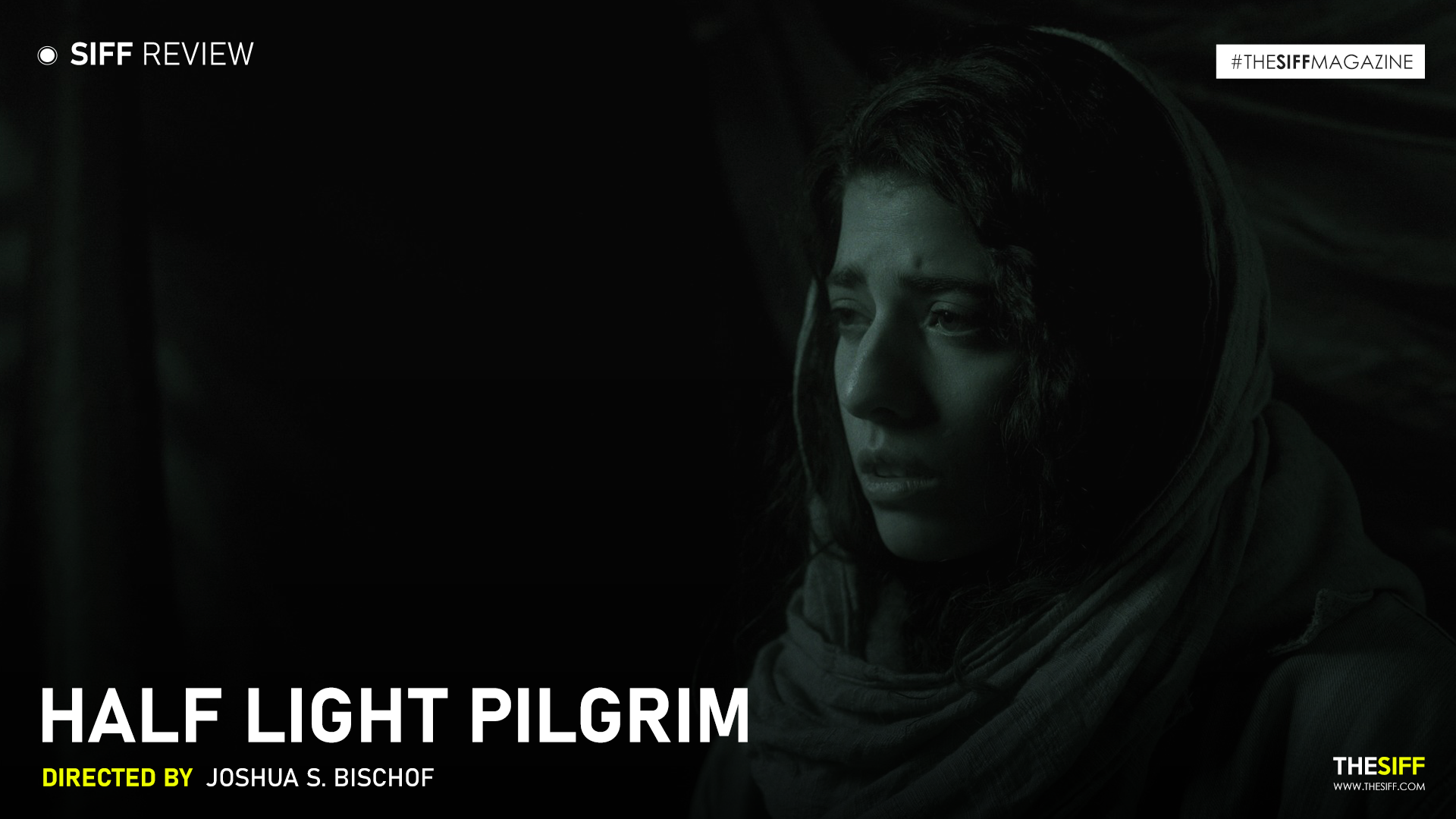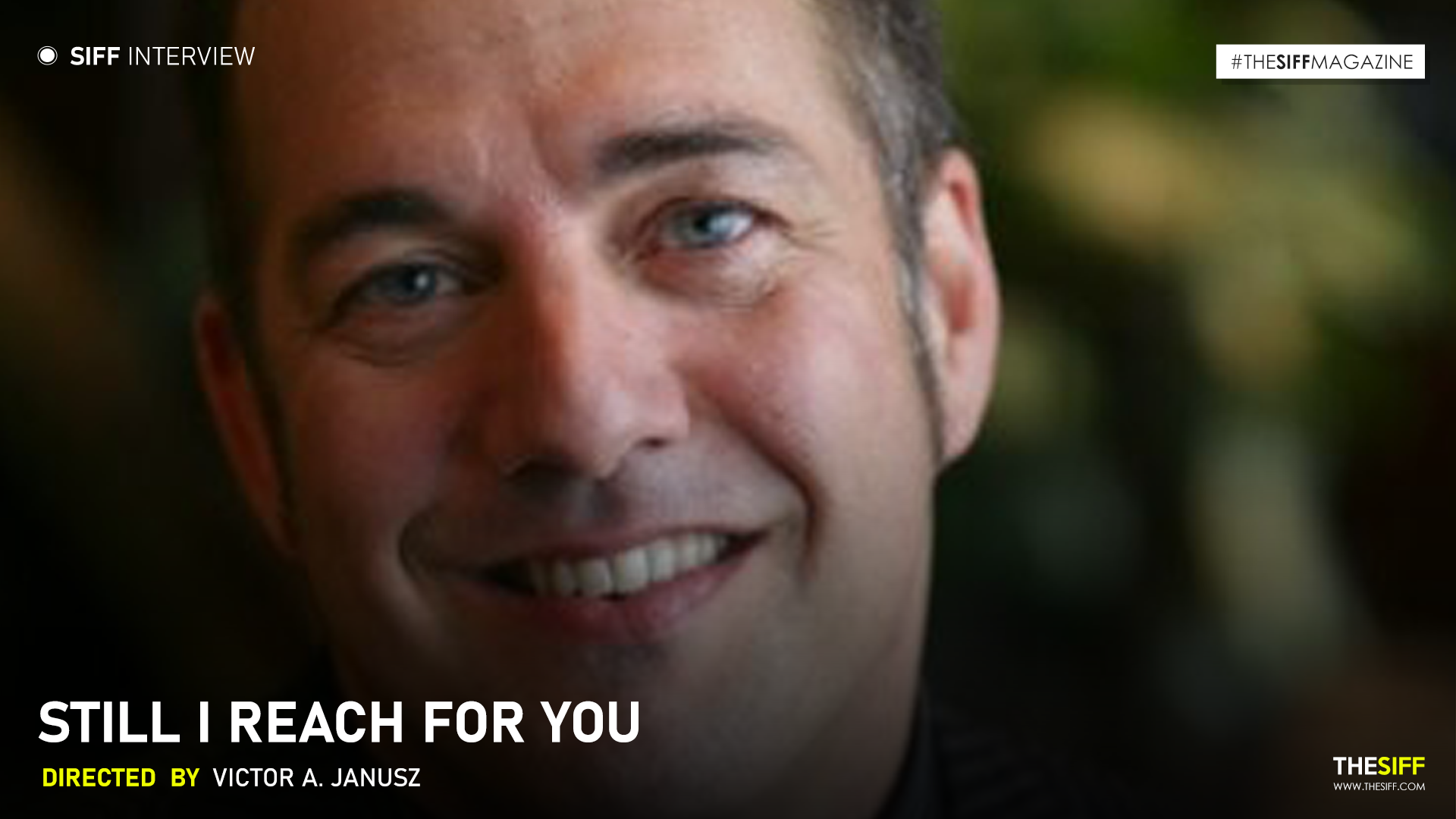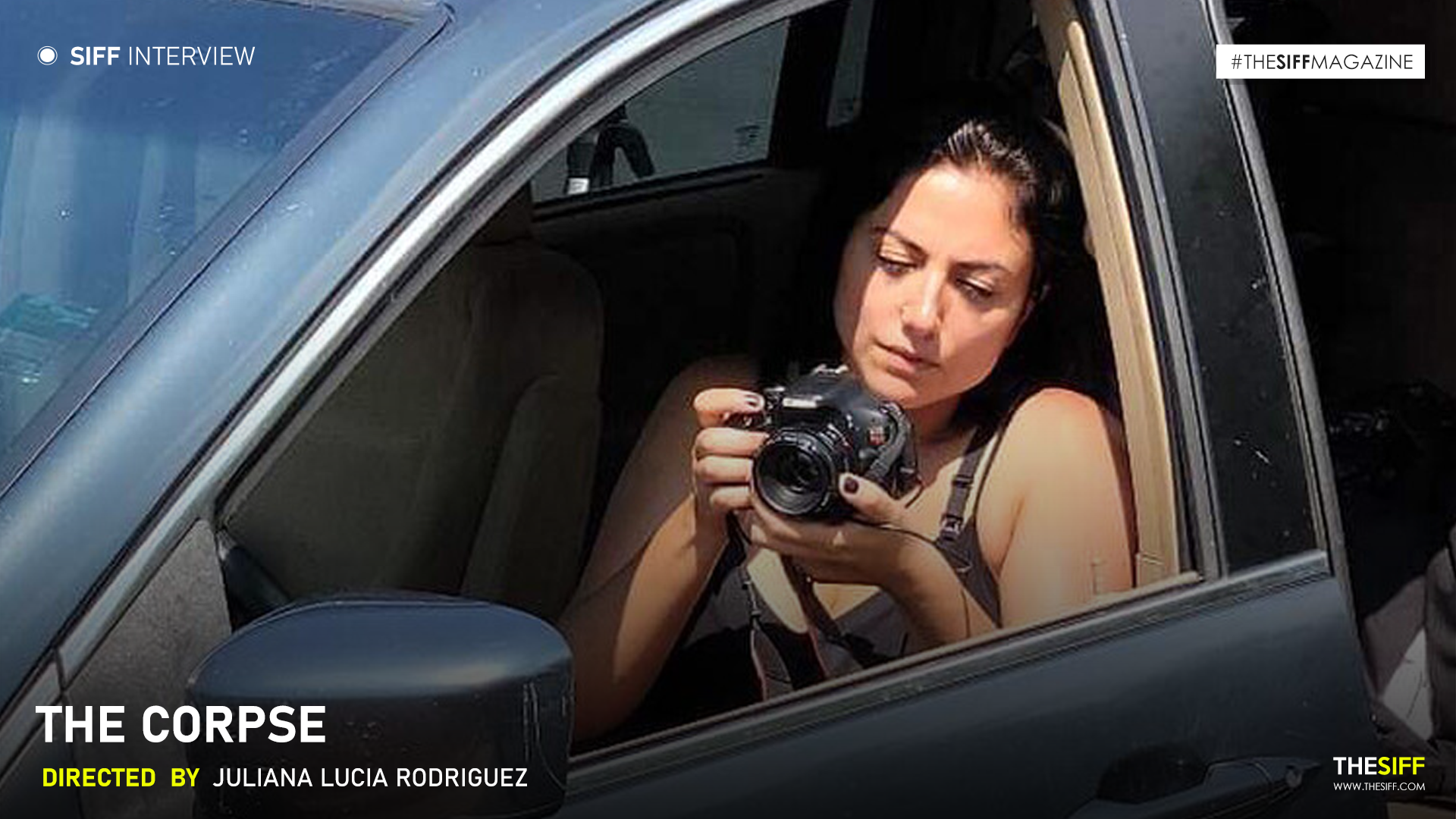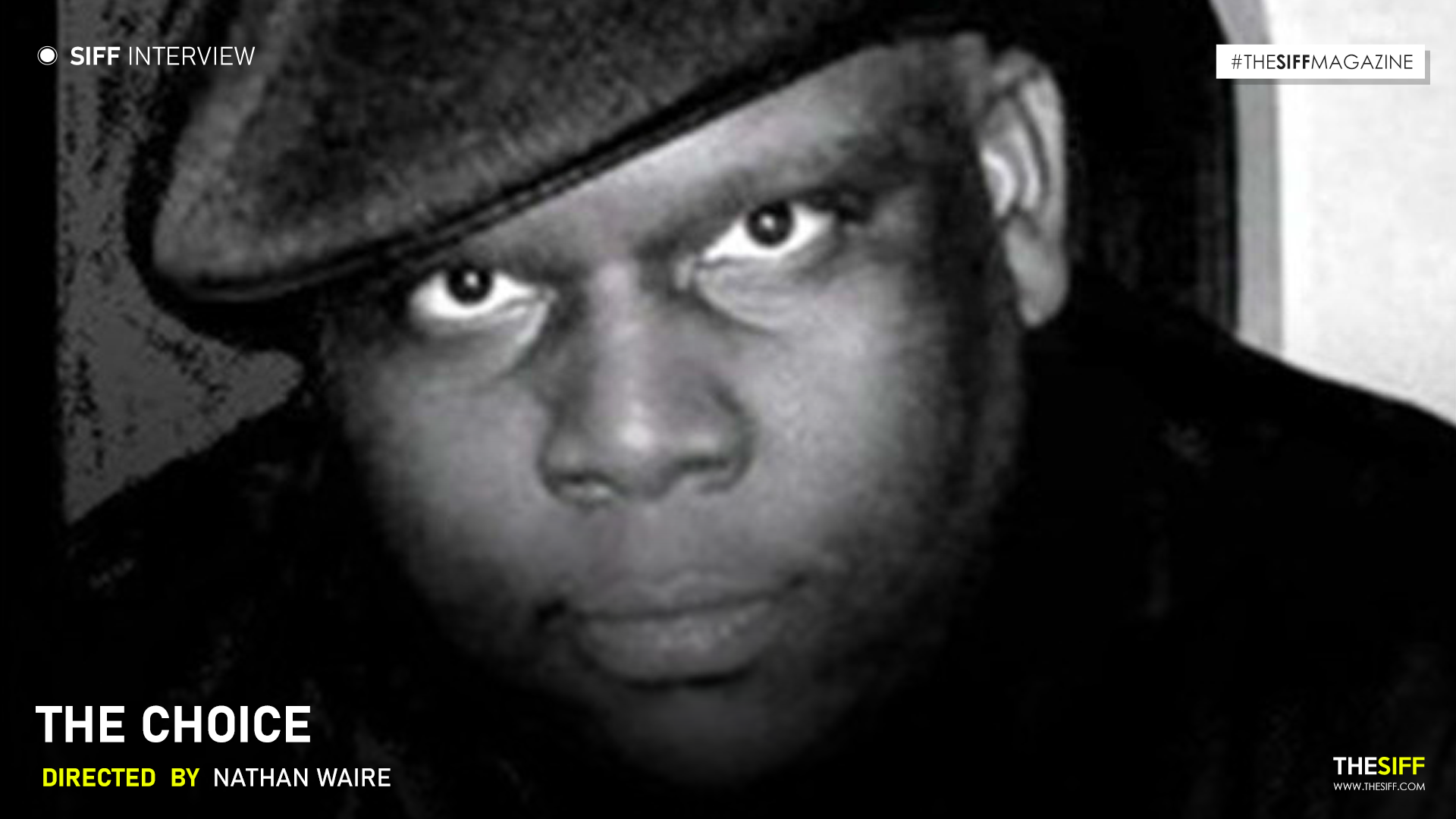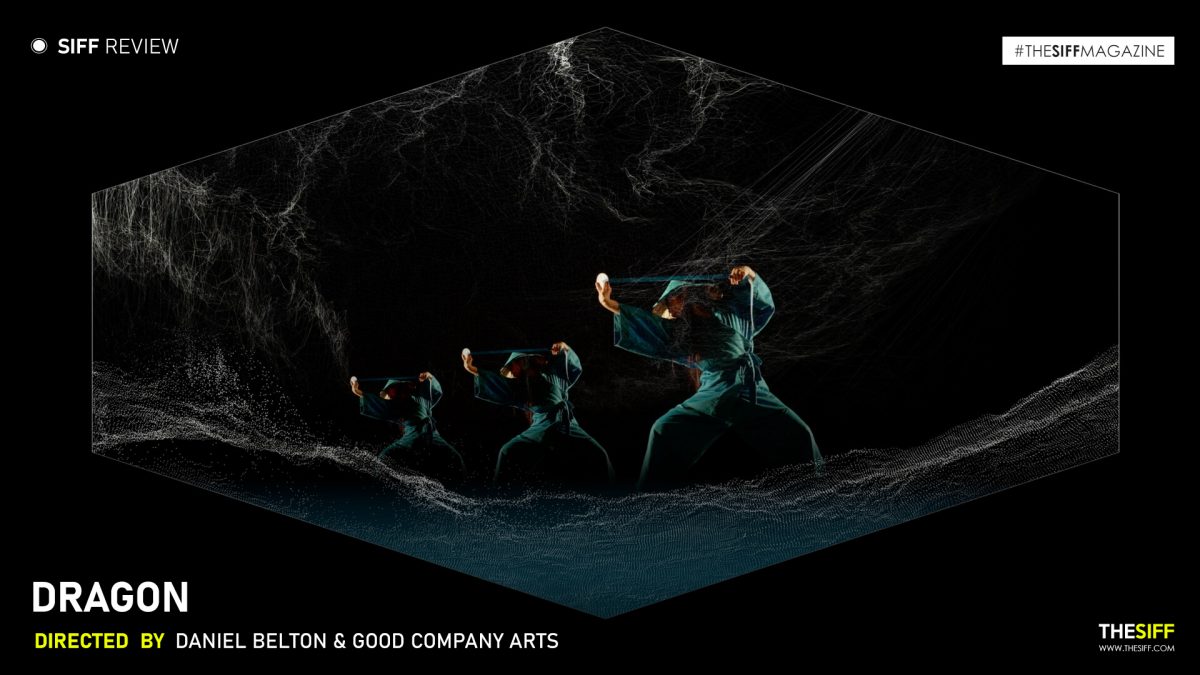
Dragon : A Cinematic Journey through the diverse Geometries gyrating around the elements dictating existence
Daniel Belton’s Dragon, in collaboration with Good Company Arts, is a mesmerizing exploration of movement, sound, and space, built upon an intricate dialogue between the elements, geometry, and human potential. The film, which celebrates the ‘Year of the Dragon,’ is both a visual and conceptual masterpiece, blending stunning choreography with immersive motion graphics and a profound musical score. In this intricate work, the five elements—Air, Water, Earth, Fire, and Void—are embodied through masterful dance performances that not only speak to the physicality of these elements but also to the metaphysical questions of self-worth and cosmic responsibility.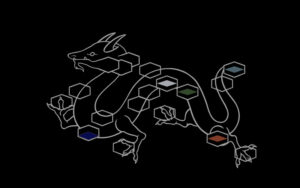
One of the most remarkable aspects of Dragon is its impeccable portrayal of the five elements. Each element is represented through intricately choreographed performances bringing a tactile, almost spiritual essence to these primal forces. Chikako Arai’s portrayal of Air is an ethereal dance of flight and freedom, seemingly suspended in mid-air as her movements reflect the very lightness of being. Nao Akao, representing Water, flows effortlessly between gestures, evoking the fluidity and depth of water, while Yasuhiro Kondo’s Earth brings a grounded, earthy strength to his movements, rooted firmly in the earth. Airu Matsuda’s Fire is an explosion of energy, each motion crackling with intensity, while Samara Reweti’s Void, played in violet, embodies the unseen spaces that shape our existence—silent, yet profoundly present. These performances do not simply capture the essence of their elements; they embody them in ways that resonate deeply with the viewer, making the abstract concept of the elements tangible and human.
The choreography itself is extraordinary, blending technical precision with emotional depth. The dancers perform with a sense of effortless grace, yet the precision of each movement speaks to the depth of the film’s underlying themes. The complexity of the dance is woven seamlessly into the fabric of the film, highlighting the relationship between the human body and the celestial forces it represents. There is a certain fluidity in the way the performers interact with the space, the geometric patterns, and one another, as if each movement is part of an intricate puzzle. This synchronization between movement, design, and sound creates an immersive experience that elevates the film 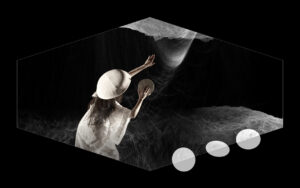 from mere performance to a profound commentary on human existence and the forces that shape our lives.
from mere performance to a profound commentary on human existence and the forces that shape our lives.
The film’s use of space is equally impressive, with the hexagon serving as both a visual motif and a conceptual anchor. The hexagon, a shape that suggests harmony and balance, appears throughout the film, its six sides framing not just the narrative but the essence of the elements themselves. This geometric framework is more than just a design choice; it is an active participant in the storytelling. The honeycomb-like patterns and stepped cubes are dynamic and multi-layered, responding to the performers and their movements, constantly shifting in response to the energies they embody. This design also serves to mirror the relationship between the cosmic and the human, the hexagon functioning as a sacred geometric baton that passes responsibility from the celestial dragon to humanity. This is a deeply spiritual and philosophical moment, as the dragon challenges the human performer to comprehend the meaning of existence.
A particularly striking feature of Dragon is the seamless integration of intricate symbols and the use of space. The film takes the potential for overwhelming complexity and renders it poetic. Belton’s design plays with light and shadow, presence and absence, in a way that breathes life into the geometric world they’ve created. The use of light and colour throughout the film is especially powerful, with spectral hues and the play of darkness and light adding layers of meaning to the visual experience. These moments, where frames intersect and refract light, create a sense of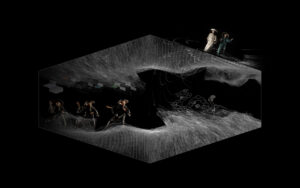 crystalline clarity, particularly in the film’s climax, where the elements come together in a powerful, almost prismatic burst of energy. The absence of colour at key moments intensifies the emotional impact, heightening the sense of loss, emptiness, or the unknown. It is a perfect visual metaphor for the film’s central theme of responsibility—stepping into the unknown, accepting what it means to carry the weight of the elements.
crystalline clarity, particularly in the film’s climax, where the elements come together in a powerful, almost prismatic burst of energy. The absence of colour at key moments intensifies the emotional impact, heightening the sense of loss, emptiness, or the unknown. It is a perfect visual metaphor for the film’s central theme of responsibility—stepping into the unknown, accepting what it means to carry the weight of the elements.
The background score, composed to accompany the nuanced movements of the dancers and the shifting digital spaces, serves as a dominant force throughout the film. The music is both celestial and grounded, its rhythms and textures amplifying the emotional depth of the choreography. It enhances the visceral experience, creating a heightened sense of urgency or serenity, depending on the demands of the scene. The score is never overwhelming but rather serves as a gentle guide, leading the viewer deeper into the world of Dragon.
Finally, the film’s motion graphics—particularly those crafted by Jac Grenfell—add a layer of visual complexity that elevates the film to an extraordinary level of artistic achievement. The hand-animated ink on glass creates landscapes that seem to undulate with the dancers, as if the very terrain they inhabit is alive, shifting, and responding to the performers’ presence. This integration of graphic design with dance gives Dragon a surreal, otherworldly feel, transforming the stage into a living, breathing entity. The landscapes, with their rolling hills and valleys, serve as  more than just backdrops; they are active participants in the performers’ journey.
more than just backdrops; they are active participants in the performers’ journey.
Dragon is a cinematic triumph that transcends the typical boundaries of performance art. It combines elements of dance, design, and music to create an immersive, transformative experience that speaks to the very core of human existence. Through its impeccable portrayal of the five elements, masterful choreography, and thoughtful use of space and symbolism, the film challenges us to reflect on our own potential, the cosmic forces that govern our lives, and our readiness to embrace the responsibility that comes with the passing of the dragon’s baton. It is a work of art that is both visually stunning and philosophically profound—an experience that stays with you long after the credits roll.

